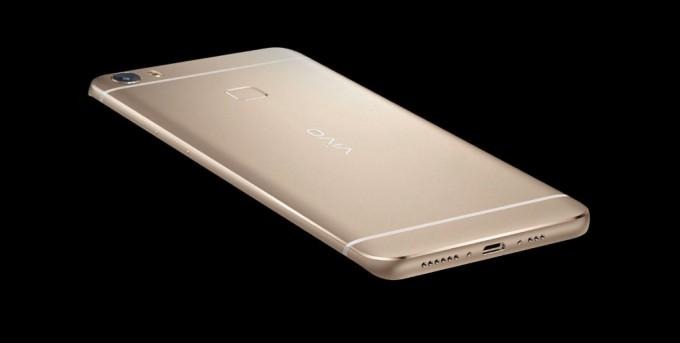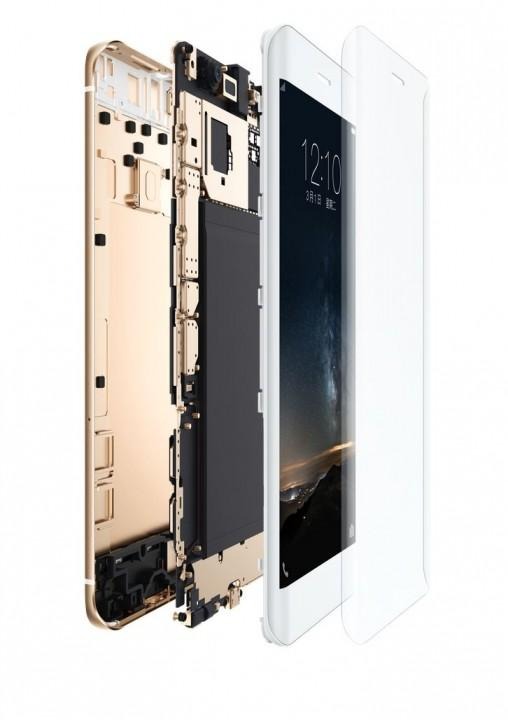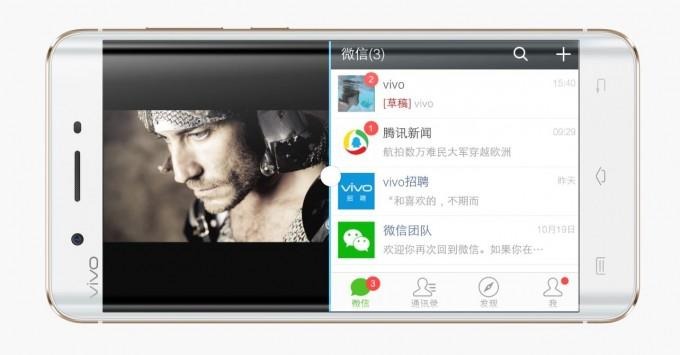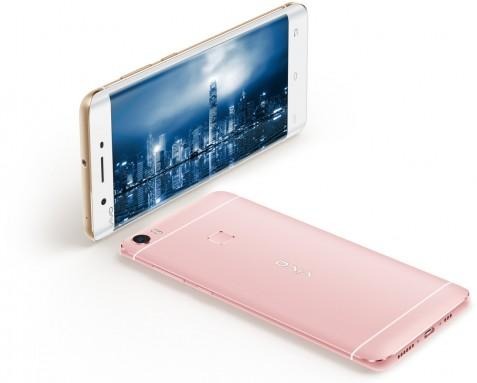Vivo Xplay5 Arrives Looking Like An iPhone Edge You Can't Have
That might definitely sound like flame/link bait, but that is undoubtedly the first thing that will come to mind when you see Vivo's latest flagship, front and back. You'll probably forget for a while that it does have the boasted 6 GB of RAM, at least in one configuration. Like something almost too good to be true, the Vivo Xplay5 mixes almost everything you'd want in a high end smartphone this year, though curiously misses out on a two or three features. Sadly, even if you were willing to accept those flaws, it's not something easily accessible to everyone everywhere.
The design will naturally be the first that grabs your attention when you first behold the Xplay 5. At first glance, you'd think it almost like a Galaxy S7 edge knockoff because of its really curved edges, making it only the third OEM to have this feature (second was BlackBerry and its PRIV). Sadly, like the PRIV as well, it seems mostly aesthetic, and perhaps ergonomic, in function. No edge panels here. At least it does seem to light up with different colors depending on who's calling.

Flip the smartphone over, however, and you might feel disoriented. Weren't you just looking at a Samsung-like design earlier? Aside from the fingerprint sensor and a dual LED flash, the rear is almost a dead knocker for an iPhone 6 or later generation. That said, even here traces of Samsung's design reveals itself, with Vivo choosing to go with a curved edge back like the Galaxy S7.
The specs of the Vivo Xplay5 do have some bragging rights. That curved edge display boasts of 2K resolution crammed inside a 5.43-inch space, giving it as slightly higher pixel density than its Galaxy S7 edge idol. That screen is large enough to accommodate split screen apps. And guess what? The Xplay5 has those too! Sounds familiar?

There are two models available and they diverge in most aspects except, thankfully, the display. The "regular" configuration run on a Qualcomm Snapdragon 652 but surprisingly has 4 GB of RAM. It also strangely runs Android 5.1 only. The Xplay5S "flagship" model, on the other hand, has that oh so high 6 GB of RAM, paired with a Snapdragon 820 and orchestrated by Android 6.0. Both configuration sport 128 GB of storage, though the regular model uses eMMC 5.0 while the flagship model utilizes UFS 2.0. Yet another Samsung-like feature. Both do have the same 16 megapixel f/2.0 Sony IMX298 camera on the back and 8 megapixel f/2.4 front shooter.

The Xplay5 does miss out on a few points that would have otherwise made it perfect. For one, there is no mention of a microSD card. There is also no NFC. Wireless charging isn't mentioned either, though the hefty 3,600 mAh does support fast charging. On the other hand, the decision not to go with a USB Type-C might not yet be a deal breaker for some.
Vivo has apparently also patterned its prices with more mainstream flagships, instead of going with the usual Chinese habit of selling things really cheap. Not that you can blame them, with all those features mentioned. The regular Vivo Xplay5 will go for 3,698 RMB, roughly $560, while the higher end Xplay5S model will sell for 4,288 RMB, or about $650. Enticing as it may be, hybrid design and price tag aside, Vivo hasn't made a peep about selling the Xplay5 internationally, much less in the US where network bands might not be fully supported.

